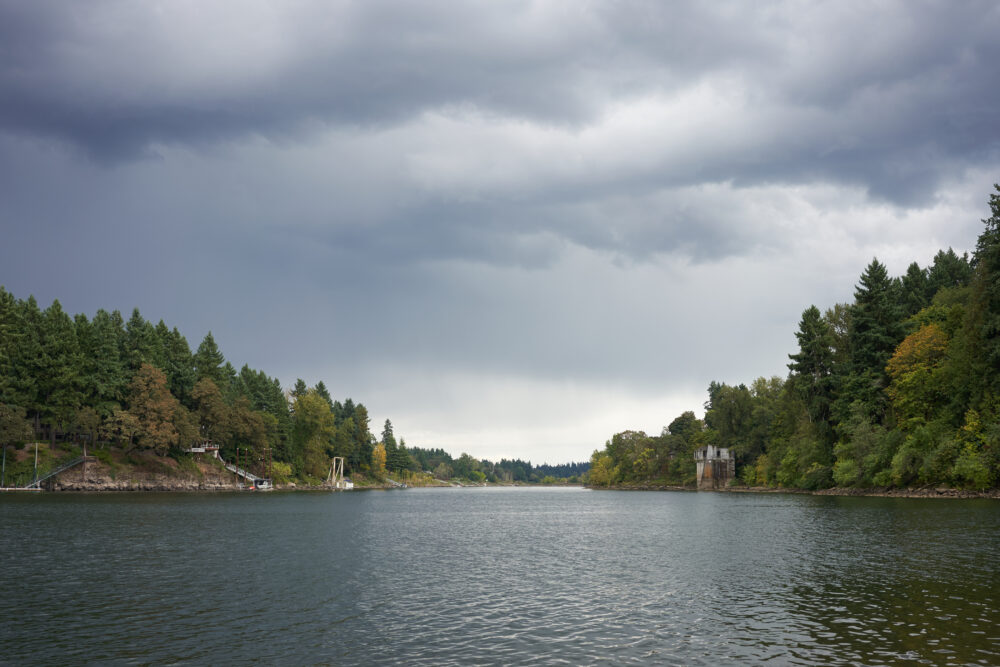Lake Oswego, Oregon, is not only renowned for its picturesque setting and vibrant community but also for its rich history. Nestled just south of Portland, this charming city offers a variety of historic sites that provide a glimpse into its past. Whether you’re a history buff or a casual explorer, the following destinations are must-visit spots that highlight Lake Oswego’s historical and cultural significance.
The Lake Oswego Preservation Society and The Historic Iron Furnace
One of the primary resources for exploring the history of Lake Oswego is the Lake Oswego Preservation Society. This organization is dedicated to preserving the city’s historical landmarks and educating the public about its past. A notable site managed by the society is the historic Iron Furnace, a relic from the early 20th century that played a crucial role in the city’s industrial history. Built in 1921, the furnace was part of an ironworks operation that significantly contributed to the local economy and the development of the region. Visitors can explore this site to understand the industrial heritage that helped shape Lake Oswego.
The Oswego Heritage Council and the History Center
The Oswego Heritage Council is another important entity working to preserve Lake Oswego’s history. The Council operates the Oswego Heritage House, a historical landmark that showcases the city’s early residential architecture and offers exhibits about its past. The Heritage House, built in the early 1900s, reflects the architectural styles popular during that period and provides a fascinating glimpse into the daily lives of Lake Oswego’s early residents. The History Center, also managed by the Council, houses a variety of artifacts and documents that narrate the story of Lake Oswego’s development from a small settlement to a thriving city.
The George Rogers Park
George Rogers Park is not only a beautiful recreational area but also a site of historical significance. Located along the Willamette River, this park was once the site of the George Rogers House, built in 1850. Although the original house is no longer standing, the park still retains a historical charm with its scenic views and well-preserved grounds. The park’s location offers visitors a chance to appreciate the natural beauty that attracted early settlers and reflects the area’s historical importance as a riverfront community.

The Lakewood Center for the Arts
The Lakewood Center for the Arts is a cultural landmark in Lake Oswego with a historical backdrop. Originally constructed in the 1930s, the building has served various purposes over the decades, from a community center to its current role as a hub for the arts. The Center offers a range of performances, exhibitions, and educational programs that celebrate local culture and history. Its historical significance is underscored by its role in the community’s cultural development and its continued presence as a center for artistic expression.
The Lusher Farm
Lusher Farm, a historic site located just outside of Lake Oswego, provides an insight into the agricultural history of the region. The farm, established in the 19th century, was an important part of the local economy and community life. Today, the site serves as a living history museum, offering educational programs and events that highlight traditional farming practices and the role of agriculture in shaping the area. Visiting Lusher Farm allows individuals to experience firsthand the agricultural heritage that contributed to Lake Oswego’s development.
The Willamette Shore Trolley
The Willamette Shore Trolley is a unique way to explore Lake Oswego’s history while enjoying a scenic ride along the Willamette River. This vintage trolley, operational since 1990, travels along a historic rail line that was once a vital transportation route for the city. The trolley provides a nostalgic journey through the area, offering passengers a chance to see historical landmarks and learn about the region’s transportation history. The ride is not only a fun experience but also an educational one, shedding light on the historical significance of railroads in Lake Oswego.
Conclusion
Lake Oswego’s historic sites offer a fascinating window into the past, revealing the city’s evolution from a modest settlement to a vibrant community. From the industrial heritage of the Iron Furnace to the cultural legacy of the Lakewood Center for the Arts, these landmarks each tell a part of Lake Oswego’s story. By visiting these historical sites, you gain a deeper appreciation of the city’s rich heritage and the diverse factors that have shaped its development. Whether you are a local resident or a visitor, exploring these historic places provides a meaningful connection to Lake Oswego’s past and a better understanding of its present.
The Oswego Heritage House: Showcasing early residential architecture and local history.
George Rogers Park: Featuring historical charm and scenic views along the Willamette River.
The Lakewood Center for the Arts: A cultural landmark with a rich history.
Lusher Farm: A living history museum highlighting agricultural heritage.
